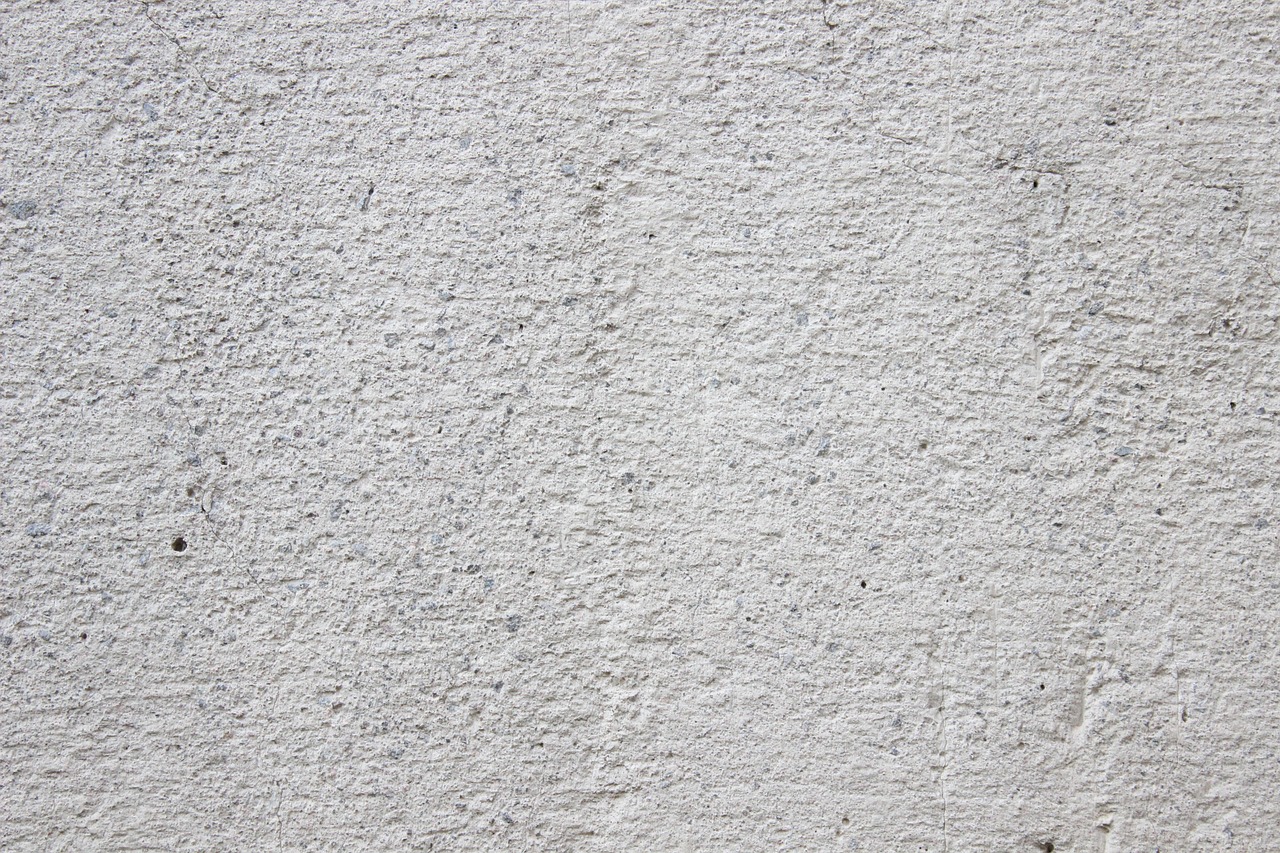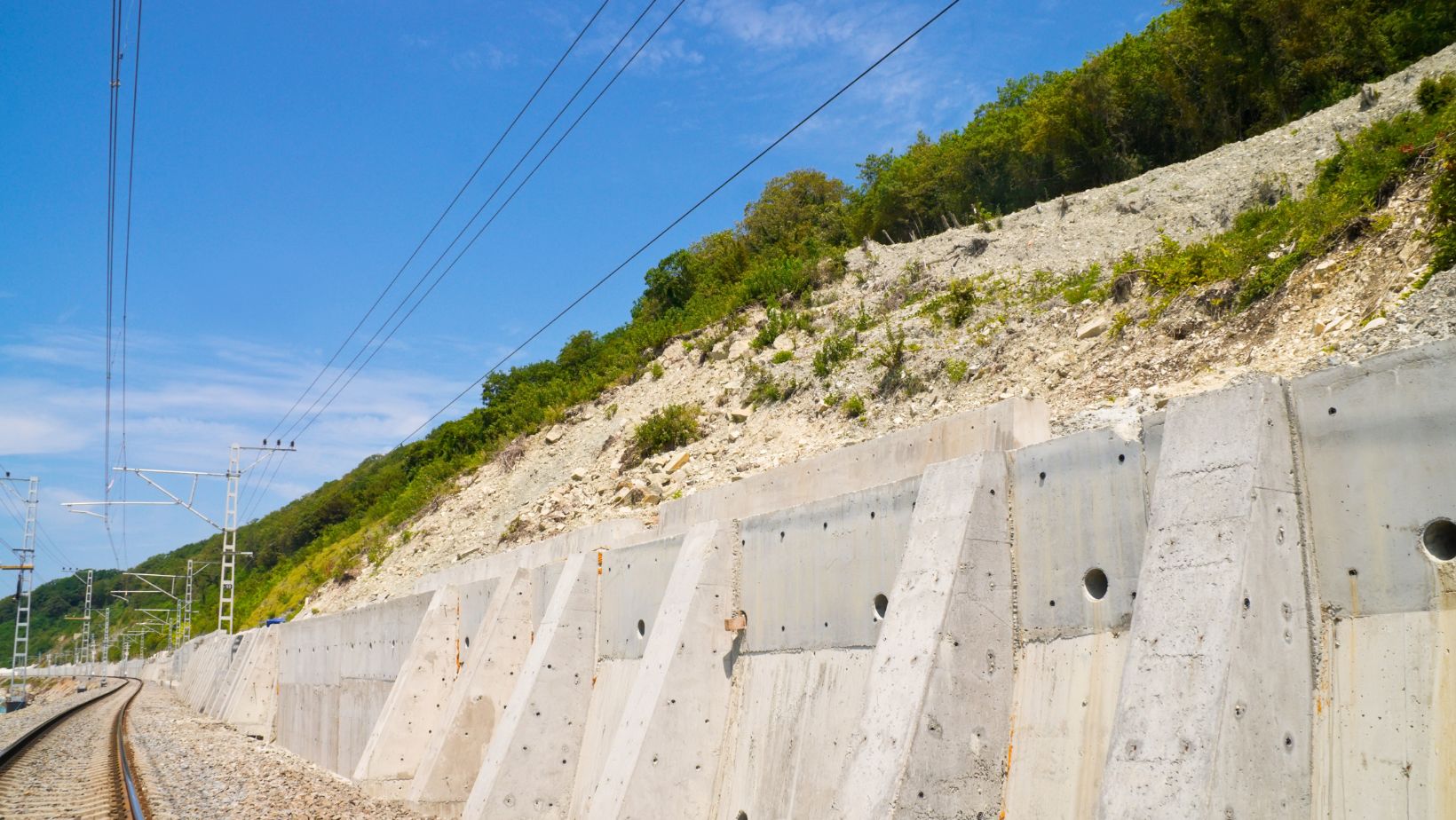Concrete has long been a vital component in the construction industry, providing both durability and versatility in building structures. Without proper protection, concrete can succumb to a variety of environmental factors like moisture, chemical exposure, and wear. To address these challenges, the industry has seen an influx of technology-driven solutions designed to enhance the longevity and integrity of concrete structures. Let’s explore some innovative advances in concrete strengthening solutions that contribute to sustainable building practices.
Advances in Protective Resins
Protective resins have taken a front seat in the quest for durable concrete solutions. These advanced resins provide an additional layer for concrete protection of defense against the elements, including UV rays, chemicals, and extreme weather conditions. Recent formulations have been designed to enhance adhesion and flexibility, allowing them to bond seamlessly with various concrete surfaces. This adaptability is crucial, particularly in environments subject to expansion and contraction due to temperature changes. Studies indicate that resin-protected surfaces can outperform standard concrete by delaying wear and degradation for years. As protective resins continue to evolve, they represent a pivotal tool in ensuring the longevity and reliability of concrete infrastructures.
Nanotechnology in Concrete Sealants
Advancements in nanotechnology have revolutionized concrete sealants, allowing for the development of products that are more effective at penetrating the concrete matrix. These nanoscale additives can fill microscopic pores in the concrete, creating a barrier against moisture and chemicals while still allowing vapor to escape. The result is a strong yet breathable surface that maintains the structural integrity of the concrete, reducing the risk of cracking or spalling. Research conducted by the University of Central Florida shows that concrete treated with nanotechnology can increase lifespan by up to 30% compared to untreated surfaces. This makes nanotechnology a formidable ally in the quest for superior concrete strengthening solutions that will stand the test of time.
Smart Coatings for Real-Time Monitoring
Incorporating smart technologies into concrete coatings has opened new avenues for maintaining concrete structures. These smart coatings can monitor environmental conditions in real time, indicating when a structure is at risk of damage. 
Equipped with sensors, smart coatings can detect moisture levels, temperature fluctuations, and even chemical concentrations. Innovative products utilize sensors embedded within the coatings to alert maintenance teams of potential cracks or degradation, allowing for proactive interventions. This level of awareness enhances the longevity of concrete and reduces maintenance costs, leading to more efficient management of building resources.
Eco-Friendly Protective Treatments
As sustainability becomes a more prominent focus in construction, eco-friendly protective treatments are gaining traction. These treatments, made from natural, biodegradable materials, offer protection against environmental factors while minimizing the carbon footprint associated with traditional chemicals. Innovative companies are now developing protective agents derived from plant-based sources that do not compromise performance. Some treatments, using advanced biopolymers, can effectively shield concrete from moisture without leaching harmful substances into the environment. Such development aligns with global sustainability goals and responds to increasing consumer demand for greener construction options.
Electromagnetic Methods for Concrete Strengthening
Another cutting-edge approach to concrete strengthening includes the use of electromagnetic fields to create protective barriers against corrosion. Research in this area has shown that applying low-frequency electromagnetic fields can significantly reduce the rate of corrosion in reinforced concrete structures. This method works by inducing currents that counteract the corrosive processes within the concrete. Recent trials have reported corrosion reduction rates of up to 70% in treated structures. Such technology extends the lifespan of any embedded steel reinforcements, making it an exciting area of development for infrastructure projects.
Self-Healing Concrete
The concept of self-healing concrete has emerged as one of the most revolutionary advances in the field of concrete strengthening. By incorporating special additives, such as microcapsules filled with healing agents, concrete can autonomously seal cracks that may form. When a crack occurs, the capsules break open and release the healing agents, which then react with moisture in the air, solidifying and forming a bond. This technology increases the lifespan of concrete structures in general. A study from Delft University of Technology suggests that self-healing concrete could reduce maintenance costs by as much as 60% over its service life, leading to significant long-term savings for building owners and operators.
The continuous evolution of technology in concrete strengthening is providing innovative solutions to common problems faced by the industry. 
These advancements enhance the performance and durability of concrete and pave the way toward more sustainable building practices. As the demands on infrastructure increase, investing in these tech-driven solutions will lead to more resilient structures and support a greener, more efficient construction landscape.
